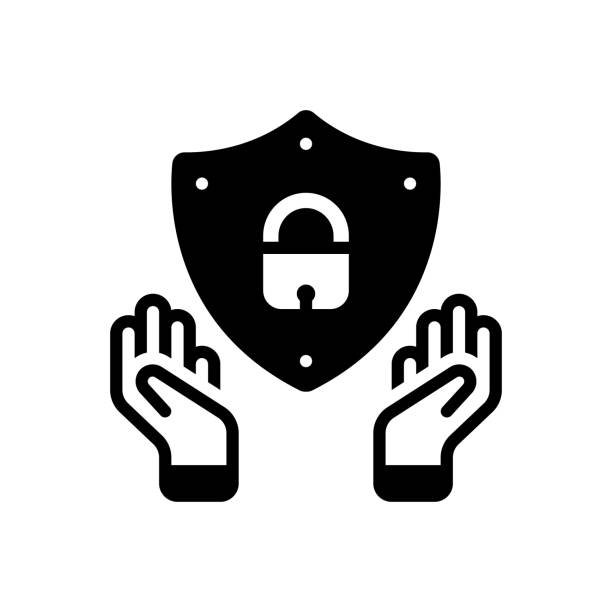News & Insight
The Growing Threats to Cloud Security: Why Your Organization Can’t Afford to Ignore Them
Cloud computing has revolutionized the way organizations operate, offering flexibility, scalability, and cost-efficiency. However, as businesses migrate critical data and operations to the cloud, cyber threats targeting cloud environments are increasing at an alarming rate. From misconfigured settings to sophisticated ransomware attacks, organizations must be proactive in securing their cloud infrastructure. we will explore the top cloud security threats that businesses face today and why implementing a robust defense strategy is no longer optional but essential.

Misconfigured Cloud Settings
One of the most common yet overlooked threats is misconfigured cloud settings. A single misconfiguration can expose sensitive data, leaving organizations vulnerable to cyberattacks. For example, unsecured Amazon S3 buckets have led to numerous high-profile data breaches in recent years. Ensuring proper access controls and conducting regular security audits can help prevent these risks.

Data Breaches and Insider Threats
Cloud-based data storage offers convenience but also makes it a lucrative target for hackers. Unauthorized access, weak credentials, and insider threats contribute to significant data breaches. Organizations must implement strong identity and access management (IAM) controls, multi-factor authentication (MFA), and continuous monitoring to mitigate these threats.

Ransomware and Malware Attacks
Ransomware attacks on cloud environments are growing more sophisticated. Attackers encrypt critical data and demand payment for its release, often crippling business operations. Cloud security strategies should include regular data backups, endpoint protection, and advanced threat detection systems to minimize the impact of such attacks.
The Ultimate Solution for Secure Cloud Infrastructure
Traditional security models rely on perimeter-based defenses, assuming that threats exist only outside the network. However, as cloud adoption expands and cyber threats become more sophisticated, this outdated approach leaves organizations exposed. Enter Zero Trust Architecture (ZTA) a cybersecurity model designed to minimize risk by treating every access request as untrusted until verified.
Implementing Zero Trust in Cloud Environments
Deploy multi-factor authentication (MFA) to ensure only authorized users access cloud systems. Utilize Identity and Access Management (IAM) solutions to enforce role-based access controls.
Key Features of Zero Trust for Cloud Security
Micro-segmentation: Divides networks into smaller, isolated segments to limit an attacker’s lateral movement. Least-Privilege Access: Ensures users and devices have the minimum access required to perform their tasks.
What is Zero Trust?
Zero Trust operates on the fundamental principle of “Never trust, always verify.” Unlike traditional security models, which assume users and devices inside the network perimeter are safe, Zero Trust mandates strict identity verification and continuous authentication at all levels.
Why Zero Trust is Essential for National Defense and Enterprises
Cybercriminals and nation-state actors are increasingly targeting cloud-based government and enterprise systems. Zero Trust ensures that no user, device, or system is inherently trusted, making it a crucial component of national cybersecurity strategies and enterprise risk management.
